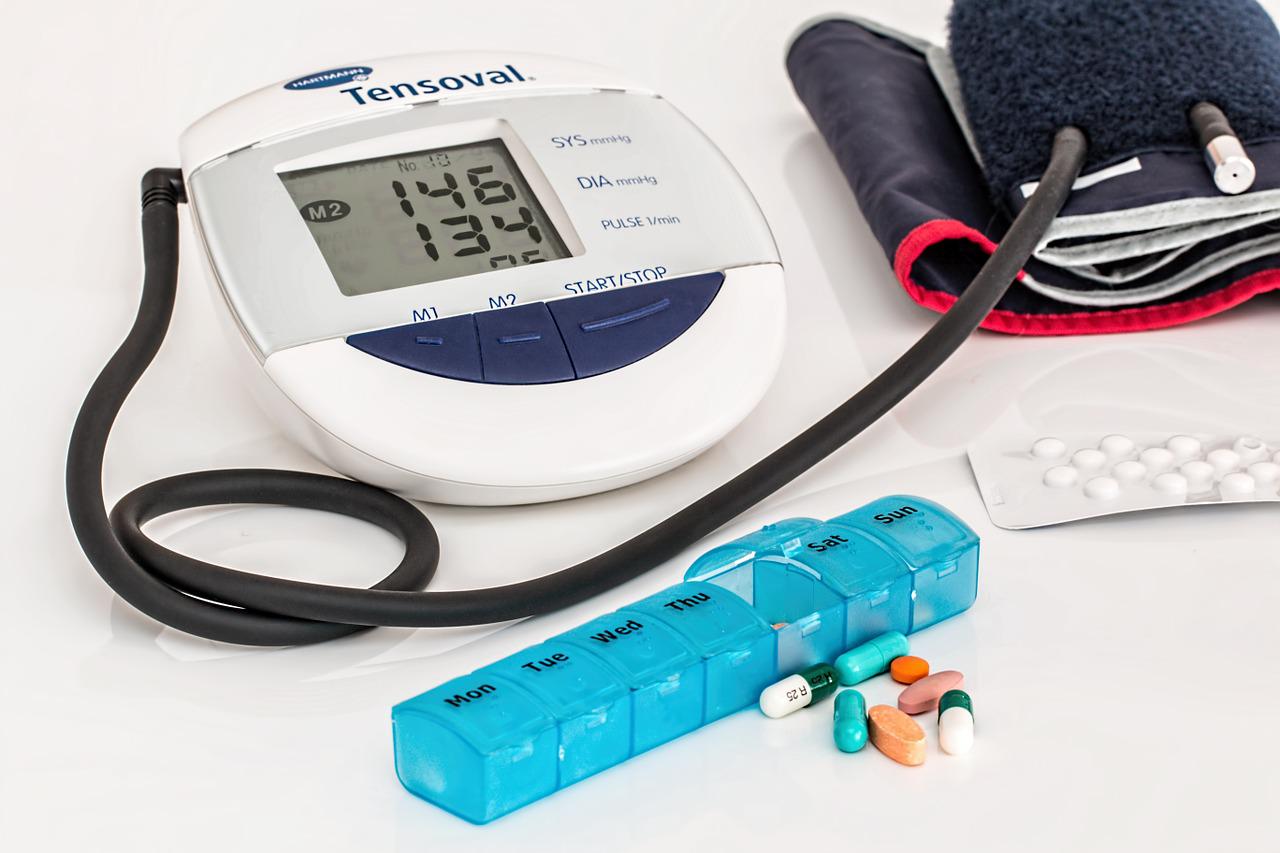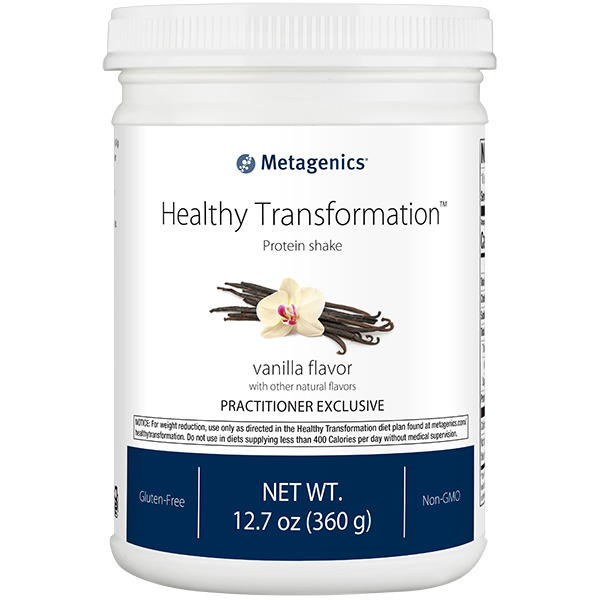Hypertension is a significant threat to heart attack and stroke. Proper treatment or the natural remedies for high blood pressure can control hypertension and significantly diminish the incidence of heart attack and stroke. Unfortunately, doctors and patients alike often err in their efforts to do so.
Ignoring systolic pressure.
Blood pressure measures contain two values: an upper value representing the systolic pressure (heart contraction)and a lower value representing the diastolic pressure (heart relaxation).
Both values represent a significant risk factor for heart disease; however, most studies show a greater risk of stroke and heart disease related to higher systolic pressures than elevated diastolic pressures.
According to recent guidelines of the American College of Cardiology,
the new guideline categories for blood pressure are:
- Normal: 90/60 to 120/80 mm Hg
- High: 120-129/80 mm Hg
- Stage 1: 130/80 to 139/89 mm Hg
- Stage 2: 140/90 mm Hg
- Hypertensive crisis: 180/120; patients need rapid medication adjustment if there are no other morbid signs; otherwise, immediate hospitalization if there are signs of organ damage.
Treating strictly by the numbers.
A what level does hypertension become so dangerous that it requires treatment with medication?
First, no magic number applies to everyone; second, taking drugs for hypertension is a long-term commitment. So considering the pros and cons of the various treatment options is worthwhile. Suppose you would like to know about the advantages and disadvantages of different treatments. In that case, doctors are obliged to describe them to you – and everyone has the right to decide whether to take medication to lower their blood pressure (anti-hypertensive medicine).
The determination to treat high blood pressure with medication depends on your blood pressure levels and your risk of cardiovascular disease as follows:
- 55 age or older,
- you are male,
- you are overweight,
- you smoke,
- you have type 2 diabetes,
- you have high cholesterol levels,
- You have a family history: higher risk if they have a brother or father who already suffered a myocardial infarction or stroke under the age of 55 or a sister or mother younger than 65 with a history of stroke or heart attack.
Whether it is worth taking medication for high blood pressure will depend on the following:
- How high is your blood pressure is
- What additional risk factors do you have
- How vital the advantages and disadvantages of the treatments are to you.
Relying on pressure readings taken in the doctor’s office.
Normal blood pressure fluctuates throughout the day if it stays below 120/80.
Most people experience little stress when visiting a doctor’s office without impacting their blood pressure measures. But for some, the focus of a medical appointment triggers a temporary rise in blood pressure. If that’s the case for you — and if your blood pressure is normal at home and in other non-medical settings — you may have what’s known as white-coat hypertension. A study suggests that people with this condition face a more significant threat of heart disease than those whose blood pressure readings are always regular.
To avoid needless treatment, I recommend home monitoring which involves taking your blood pressure twice daily to get a complete picture.
Home blood pressure readings are usually about five points lower than clinic readings.
When home monitoring gives equivocal results, I suggest 24-hour monitoring; a walk-man-like device worn on the waist and connected to a blood pressure cuff on the arm automatically records blood pressure at 30-minute intervals.
Keep in mind that several monitors designed for home use are unreliable, so before using your monitor, have your doctor check your technique, too.
Failing to rule out secondary hypertension.
Most hypertension (roughly 95%) cases are idiopathic, also known as essential or primary hypertension, because it does not result from a single underlying cause or known medical condition.
The other 5% of cases of high blood pressure are secondary to kidney disease, adrenal gland tumor, or another ailment. In such cases, it’s essential to treat the underlying cause.
Your doctor should scrutinize you and order critical diagnostic tests, including the most important ones.
- An echo-cardiogram is a non-invasive ultrasound exam that shows if hypertension has already caused the heart to enlarge, indicating that medication is usually required.
- The ankle-arm index test is a simple but often neglected test that compares the blood pressure in the ankle and the arm, which should be the same. A lower reading at the ankle (ankle/arm = 0.9) suggests a plaque build-up in the artery of the leg, known as peripheral artery disease (PAD) in the blood vessels in their legs. Such a medical condition calls for aggressive treatment to lower blood pressure. This test is crucial for people over 65.
Being too quick to begin drug therapy.
When pressure is only modestly high, and there is no sign of kidney damage or heart enlargement, I recommend six months of lifestyle modification, including weight loss, diet that reduce high blood pressure, exercise, and stress reduction. I prescribe anti-hypertensive medication if these non-strategies interventions fail to lower the pressure.
Weight loss is the most critical lifestyle change if you are overweight, and that should drop five points for every 10 pounds you lose.
Drinking alcoholic beverages.
The finding that moderate alcohol intake cuts the risk of heart disease has led many people to act as if drinking has no downside. Five or more alcoholic beverages can raise blood pressure significantly up to five points the systolic and three the diastolic pressure. I urge my patients to have no more than two drinks per day, preferably wine.
Not exercising enough.
Following vigorous exercise, blood pressure stays low for hours, and exercising regularly and getting fit will long-lasting reduce your blood pressure and your risk of heart disease. Exercise is an antidote to high blood pressure and blood sugar levels. I recommend at least 20 minutes of running, biking, walking, etc., at least four days a week. For strength training, weight machines are safer than free weights because the rise of blood pressure using devices is temporary. Push-ups and other calisthenics are OK.
Reducing salt intake lowers blood pressure.
Only about 50% of all hypertensives sufferers are sensitive to salt. Therefore, if they cut back on salt and other sources of sodium, their blood pressure will drop. For the additional 50% eliminating salt makes no difference. To check if your blood pressure is affected by salt, avoid salt altogether for four weeks and see if there is any change.
Ignoring potassium.

There’s solid evidence that dietary potassium lowers blood pressure. Potassium-rich foods include bananas, oranges, beans, squash, and sunflower seeds.
Watch out for potassium supplements because they can raise blood levels of potassium so high that they can result in dangerous disturbances in the heart rhythm. Instead try this supplements that provide peptides from bonito fish to support healthy blood pressure levels already in the normal range. Bonito peptides have been shown to impact the formation of angiotensin II through their interaction with angiotensin converting enzyme.
Ignoring the effects of other drugs.
Many prescription and over-the-counter drugs can raise blood pressure.
Examples:
- Pseudoephedrine is a decongestant of several cold and allergy medications.
- Ibuprofen is a non-steroidal anti-inflammatory drug (NSAID) like ibuprofen (Advil or Motrin). If you take high NSAIDs, ask your doctor about taking aspirin or acetaminophen instead. Your doctor must know all your drugs to set up an effective anti-hypertensive regimen.
Staying on medications indefinitely.
Most individuals who need pressure-lowering drugs must take them for life. but not everyone. Once a patient’s blood pressure is under control and some risk factors have been eliminated, we should try reducing the medication slowly to see if we can withdraw it completely. In many cases, the pressure stays down. Only make changes to your blood pressure medication protocol under a doctor’s guidance and with careful at-home monitoring. If the pressure rises again, resume treatment.

